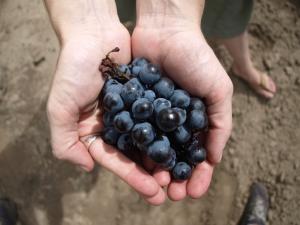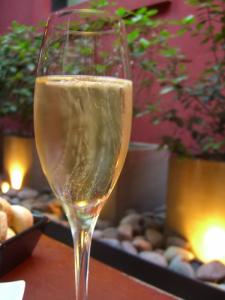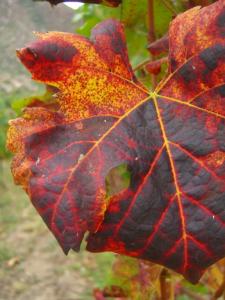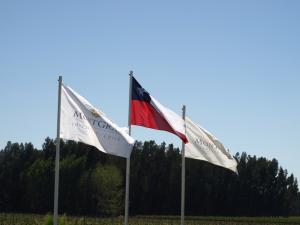
The Museo de las Américas hosts a Spanish-speaking happy hour every third Friday of the month. While drinking a beer or sipping on a glass of wine, the evening provides a great opportunity to practice your Spanish and snack on some themed food from a local restaurant.
Wine Tasting Activity

Visiting northern Argentina
Ever since a trip back in 2000 to the north of Argentina, I've been hooked. With its indigenous culture, beautiful red mountains, and tranquilo vibe, the only thing that could make the north better is wine. Oh wait, wine there is. Wineries in Cafayate have long been famous for making the best Torrontés available, but the quality of its reds are quickly improving as well. Bodega Mounier/Finca las Nubes is a favorite winery in Cafayate, but we visited some other interesting ones as well. Interestingly, most wineries in Cafayate are producing Tannat, a varietal made famous by Uruguay and seldom found in the rest of Argentina.
What is a splurge-worthy wine?
It seems that one reason many people are attracted to wine from the Spanish-speaking world--Chile, Argentina, Spain, and Uruguay--is because they are generally extremely economical. You can get a great bottle of wine for $10 and even less. Since most people want to spend around $10-$15 for a bottle of wine, I'm defining a splurge as anything above $15. While there are some that are significantly more than that, the most expensive bottle I'm recommending is $50.
Price to quality
Sure a $100 bottle of wine is probably good. It's probably great. But is it worth the price? Is it really that much better than a different $25 bottle, will you really get $75 more enjoyment out of it...which would take 20 hours of teaching English in Argentina to pay for?
Argentine blends
Think the good stuff only comes from France and Italy?

Visiting Finca las Nubes

First charmed by Mounier when tasting its incredible Torrontés in Mendoza, we jumped at the opportunity to visit the winery, known by both Mounier and Finca las Nubes, and located in beautiful Cafayate in the north of Argentina.
Eleven years old, this boutique winery makes affordable and wonderful wines. The only drawback for North American consumers is its export ratio: 90% of the production remains within the country while a tiny 10% is exported. Since the winery makes a mere 50,000 bottles annually, not much ends up on wine shop shelves in the US.
Visiting Mont Gras

Of the Chilean wineries we visited, Mont Gras was a less inspiring tour. In comparison to the more authentic Viu Manent, their hacienda plays the role of "Disney Winery" being much more modern and lacking much of the charm. On the bright side, they guided us through the experimental section of their vineyards and let us taste several different grape varietals direct from the vine. Frankly, it all tasted like grapes to me - the biggest difference was in the ripeness and sweetness of each grape which varies from week to week. I couldn't taste a flavor difference in the grapes themselves.
Viu Manet winery tour

Viu Manet is a winery with a rich history in the Colchagua Valley in Chile. At the winery tour, we were taken from the tourist house to the winery by way of the vineyards while riding in horse-drawn carriages. Our chauffeurs were dressed in traditional Chileno garb and were great story tellers. The winery itself ("5 million liters a year - quite small") was pretty standard, but the tourism house - with a restaurant, gift shop, and tasting room - was quite stunning. The historic hacienda which provides the ambiance for this building only made the offering more charming.




